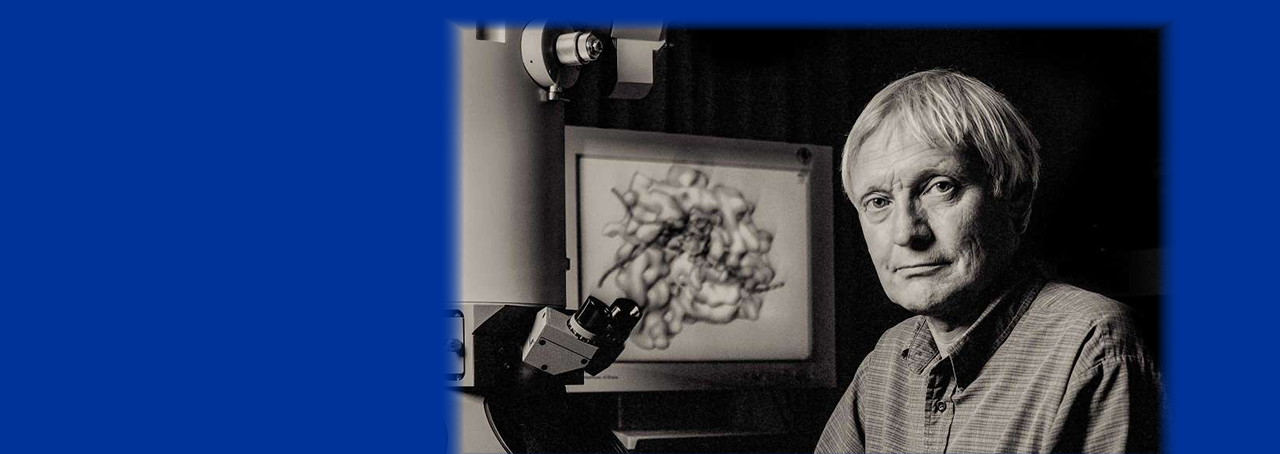Congratulations to a Nobel Prize winner
Article courtesy of the University at Albany
Photo by Mike Wren, New York State Department of Health
Joachim Frank, a SUNY distinguished professor on the faculty of Biomedical Sciences at the University at Albany from 1985 – 2008, is one of three scientists who are the 2017 Nobel Prize winners in chemistry, it was announced on October 4.
Frank, along with Jacques Dubochet of Switzerland and Richard Henderson of the United Kingdom, were awarded for developing cryo-electron microscopy, which simplifies and improves the imaging of biomolecules, allowing the image generation of everything from proteins that cause antibiotic resistance, to the surface of the Zika virus.
“This method has moved biochemistry into a new era,” the Royal Swedish Academy of Sciences, which awards Nobel prizes, said in a statement. The awarding brings a 9 million Swedish crown ($1.1 million) prize.
From 1975 – 2008, Frank was a senior research scientist and lab chief with the Wadsworth Center, which is affiliated with UAlbany’s School of Public Health. During his time with Wadsworth and UAlbany, he became an investigator of the Howard Hughes Medical Institute and, in 2006, was elected to the National Academy of Sciences and the American Academy of Arts & Sciences. He was named a SUNY Distinguished Professor in 2007.
Giving high praise to Frank was his former colleague, Marlene Belfort, herself a member of the National Academy of Sciences. Over the course of three decades, they published several papers as co-authors.
"Joachim laid the foundations of a technique to image molecules that are of primary importance in cells," said Belfort. "Basically, he developed the methods to construct a 3-dimensional image of the molecule from many thousands of two-dimensional images, embedded in ice and photographed through an electron microscope. The resolution of this technology, called cryo electron microscopy, has become so high and the images so detailed that the method has become favored for imaging molecules and molecular machines that are of key importance in the functioning of cells."
While at UAlbany, Frank also exercised his considerable talents as a poet, and was the chair of the Hudson Valley Writers Guild for several years.
comments powered by Disqus


